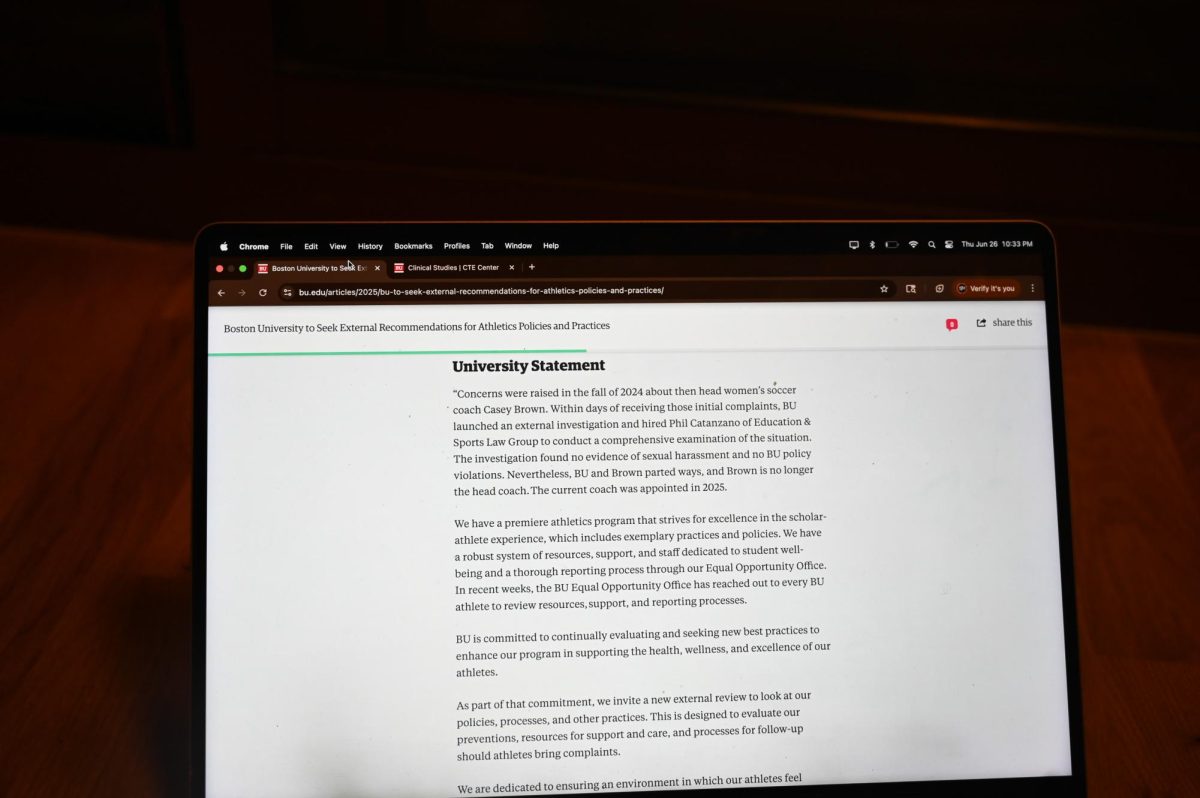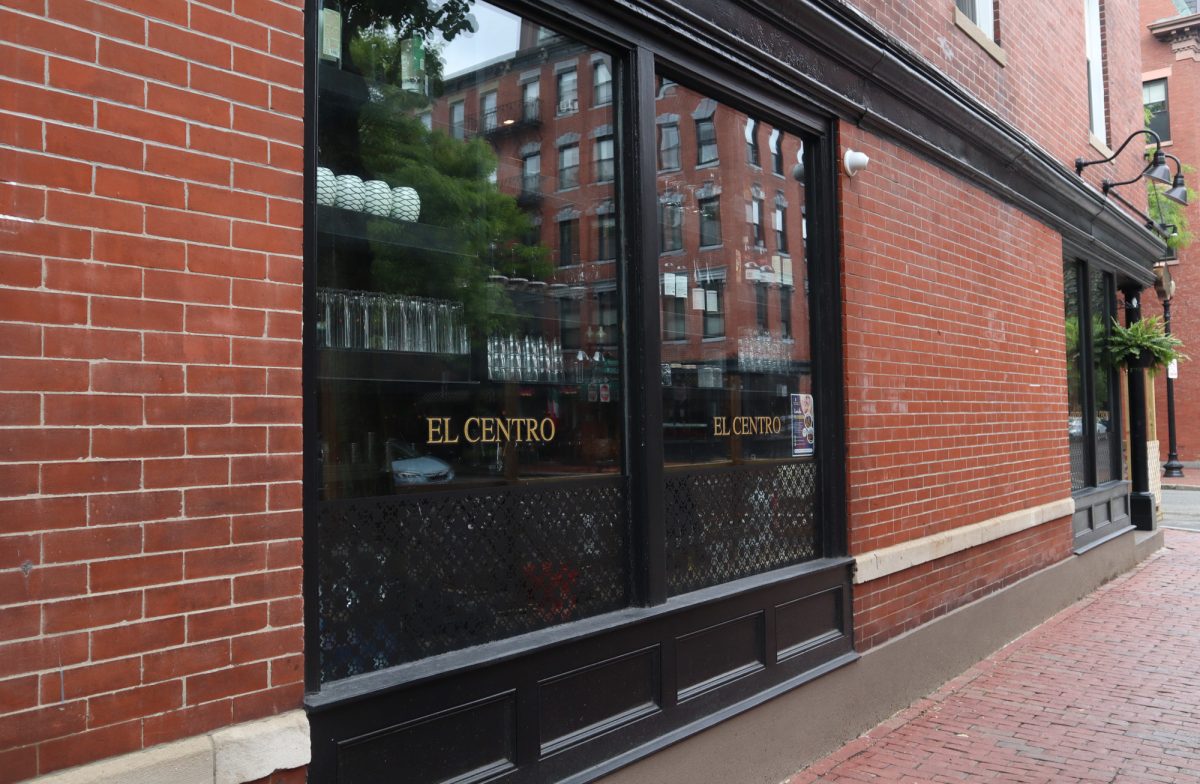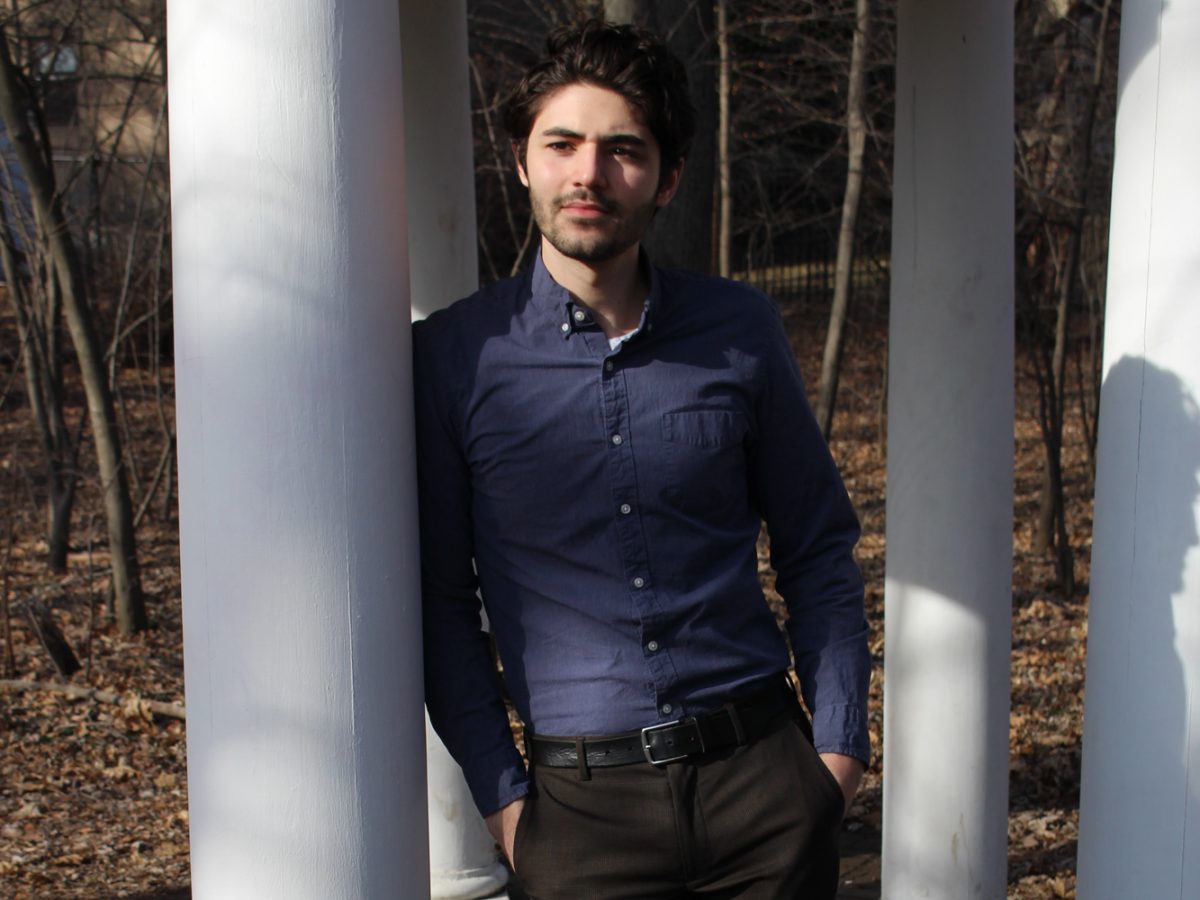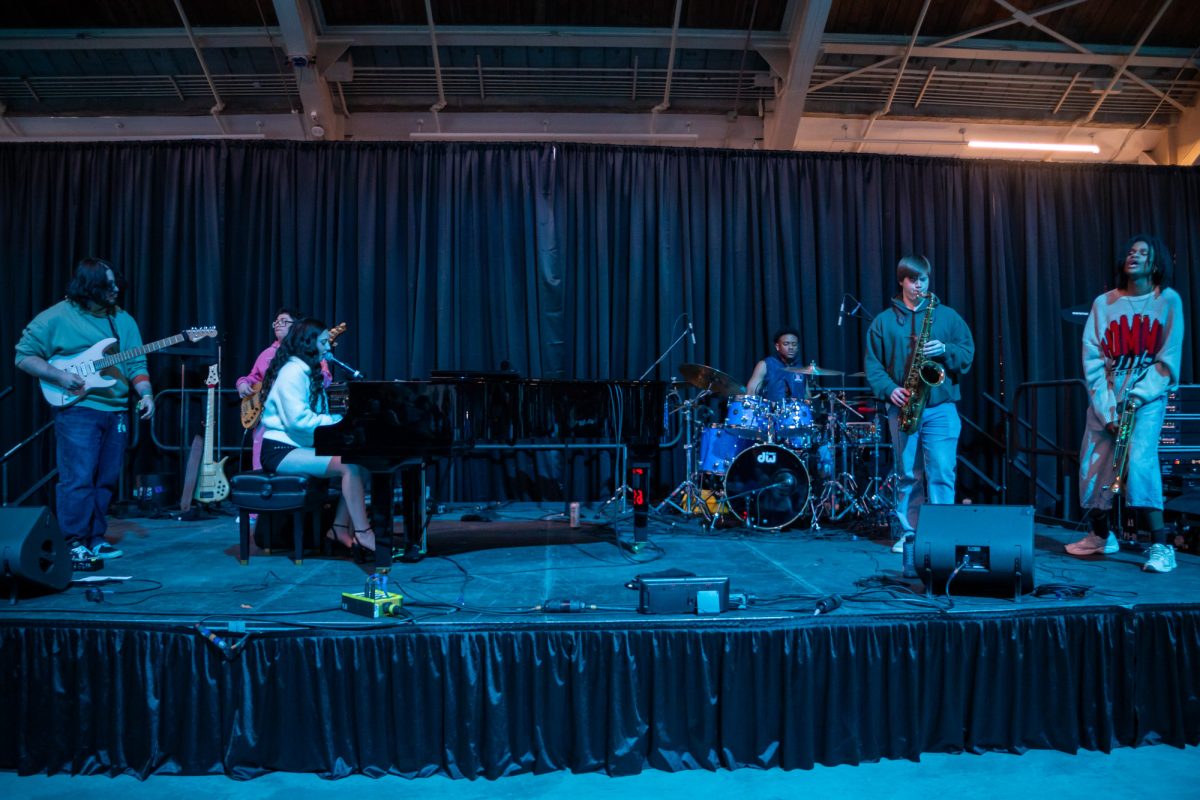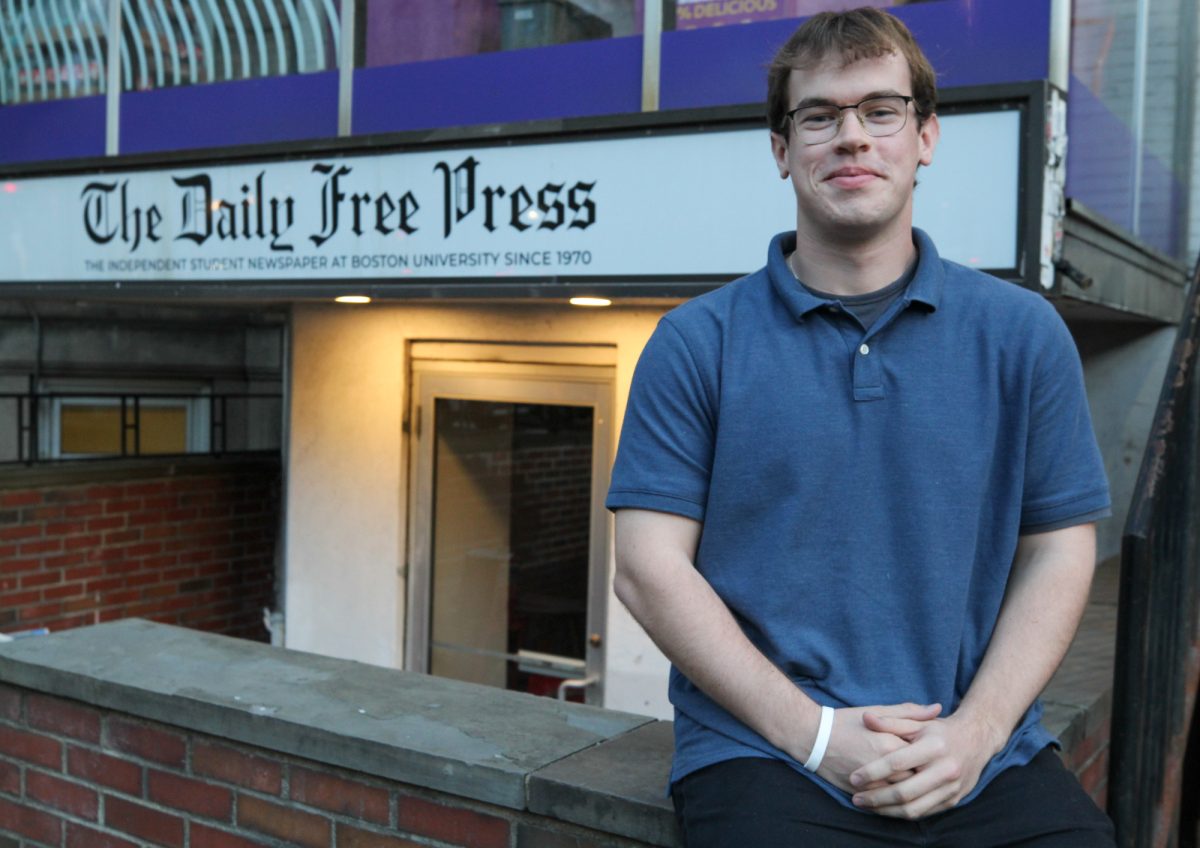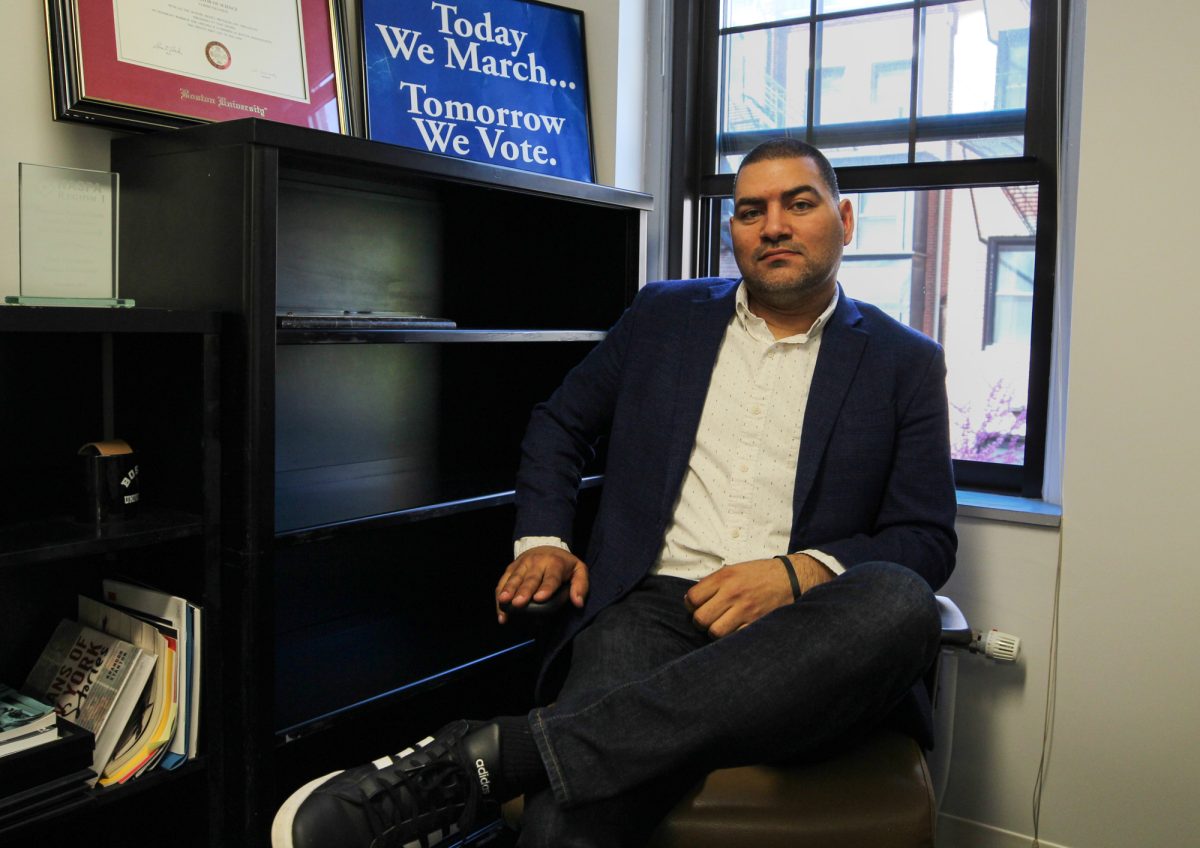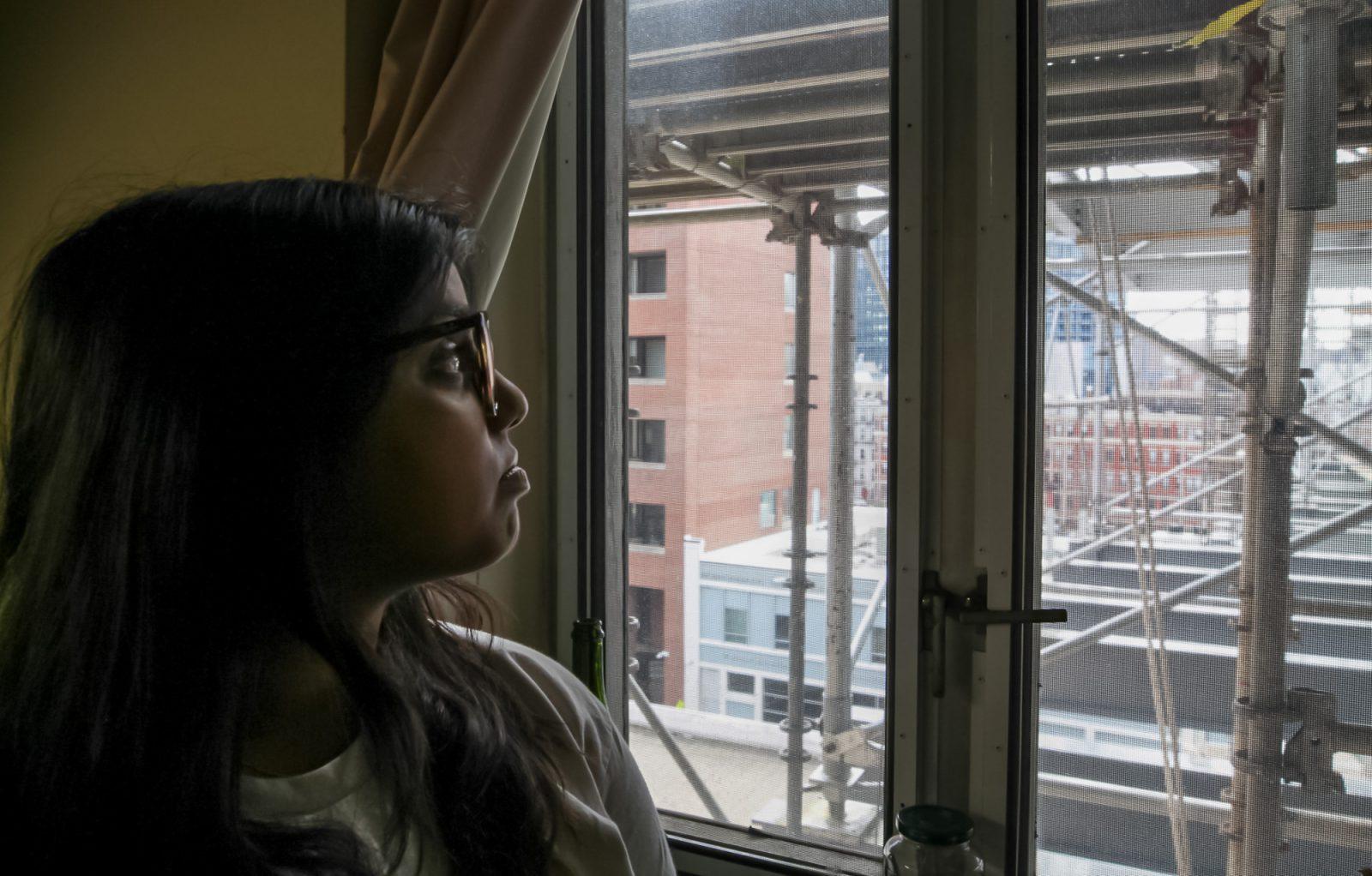As colleges across the country and commonwealth clamor for official eco-friendly certification, Boston University will not seek green accreditation because of high application and procedural fees, though buildings will be up to par, officials said.
President Robert Brown said it is in the university’s best interests to use its limited funding for renovation and renewal as well as new construction projects on campus, rather than putting money toward a costly process to gain Leadership in Energy and Environmental Design certification.
The U.S. Green Building Council, a nonprofit organization “committed to expanding sustainable building practices,” created the LEED rating in 2000 as a point system that classifies how environmentally friendly a building is, based on its energy efficiency, sustainable site, waste issues, innovation and design. The group awards buildings silver, gold or platinum certifications for their ratings.
“You will spend millions of dollars LEED certifying a $100 million building,” Brown said in a March interview. “The question for us is, is the LEED certification, the plaque, worth that investment versus doing the right thing and using the same money to replace the windows in a building that has leaky windows?”
“I’m not into the bragging rights of LEED certification, and it’s a cottage industry,” he said.
“There’s a considerable amount of money passing hands becoming LEED certified,” said Brown, who added he is “almost laser-like focused on putting the money to where it matters.”
BU will not apply for LEED certification for the second phase of development at the Student Village dormitory complex, said Assistant Vice President of Space Management Paul Rinaldi. Developers concluded the building is eligible for it, he said.
StuVi 2 engineers, architects and third-party architects discussed prospective LEED certification for the 960-bed dorm, slated to open in fall 2009, but they concluded the process would cost more than $1 million, Rinaldi said.
“There’s a lot for money in filing the paper work and adding consultants to secure the certification,” he said. “The project team thought it best to achieve the goals rather than just trying to apply for a piece of paper.”
StuVi 2 boasts water-saving dual-flush toilets, motion sensors to turn off lights when no one is in a room and insulating glass that prevents heat loss.
About 500 college presidents have signed onto the American College ‘ University Presidents Climate Commitment, promising to mitigate climate change, said Melissa Gallagher-Rogers, a U.S. Green Building Council spokeswoman. Brown is not among them, she said.
Gallagher-Rogers said she has never heard of LEED certification costing more than a couple hundred thousand dollars, though design add-ons to reach certification could make the project more expensive.
“A million dollars is certainly excessive,” she said. “There’s no reason why a typical dorm building should be a million dollars to certify.”
Gallagher-Rogers said LEED certification costs do not exceed 1 percent of a total project’s cost, even for large, expensive Manhattan office skyscrapers.
Barbara Batshalom, director of Massachusetts’s Green Roundtable, a nonprofit that promotes green building practices, said BU’s environmental policies are not in the same league as area academic counterparts, including Northeastern University, Harvard University, the Massachusetts Institute of Technology, Tufts University and Simmons College.
“I’m only aware of resistance and ignorance of what it really means to build green” at BU, she said in an email. “BU is the only university in this area so far behind the curve.”
Batshalom said developers are not required to hire outside consultants to maintain environmentally friendly designs, but often do so if they are afraid they will make mistakes.
“If anyone hires an outside LEED consultant, they should do so with the intention of learning from the consultant during the process so that they internalize the information and act independently in the future,” she said.
BU’s claims about the high costs of LEED certification are exaggerated, said state Rep. Frank Smizik, a Brookline Democrat. Building with the environment in mind ultimately yields significant savings as the cost of electricity skyrockets, he said, and universities should consider carbon footprint reduction a priority.
“As centers of research and learning — not to mention institutions with huge footprints in greater Boston — universities should be taking the lead in designing and building green,” he said.
Harvard has 25 LEED registered or certified buildings, according to the Harvard Green Campus Initiative’s website.
Despite common misconceptions, fashioning green buildings benefits the developer in costs and appeals to potential tenants, said Boston Redevelopment Authority spokeswoman Jessica Schumaker.
“They will make them more attractive to people who want to live there and work there they reduce energy costs to the city,” she said.
The city requires all new buildings larger than 50,000 square feet be certifiable under the LEED checklist, said Mayor Thomas Menino’s spokeswoman Maura Zlody, but other developers choose to actually obtain certification to increase market value and save money.
The process of LEED certification includes the initial project registration with the USGBC, which, depending on square footage, averages between $2,000 and $8,000, Massachusetts Institute of Technology spokesman Peter Coober said.
MIT’s estimates of the LEED certification process, including commissioning, top $125,000, he said. USGBC fees total about $15,000.
Developers typically spend about $60,000 to hire consultants to help fill out paperwork as well as third-party architects and engineers to oversee construction, Coober said. He said MIT does not consider commissioning part of the LEED certification costs because they consider it “standard.”
“It is just bad practice if you don’t know what you’ve paid for and systems don’t work,” he said. “You absolutely have to test everything to make sure that it works for any kind of lab building or something that is very complex operationally.”

